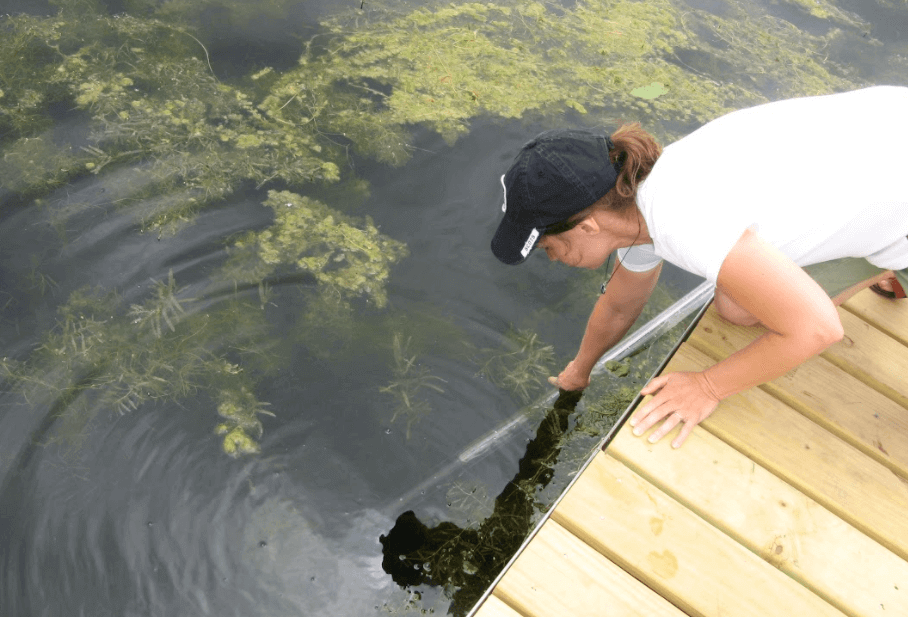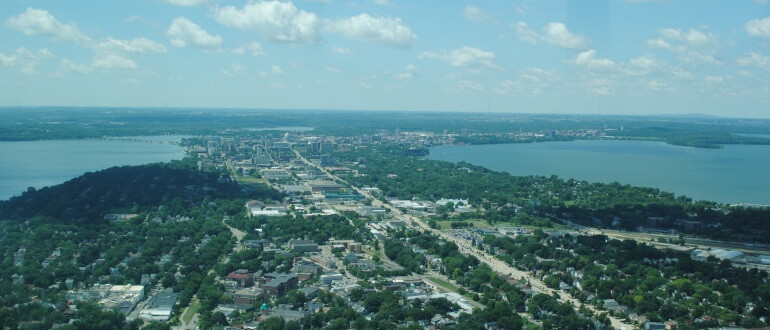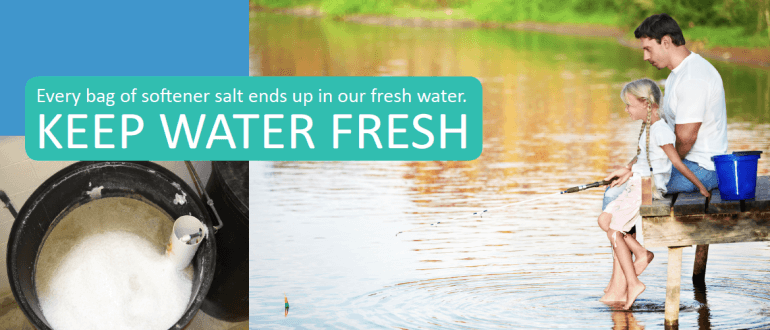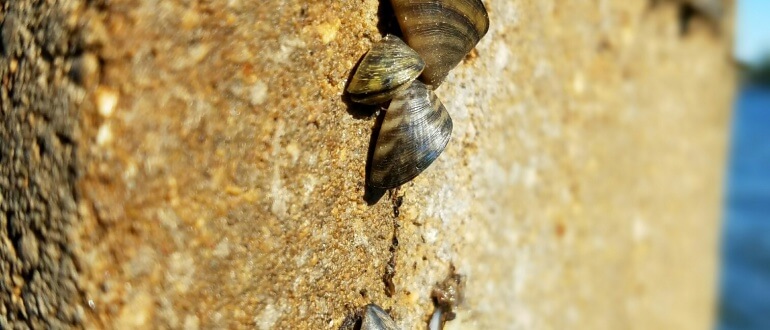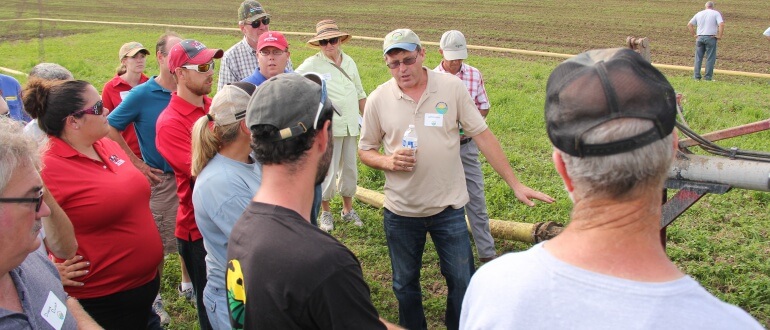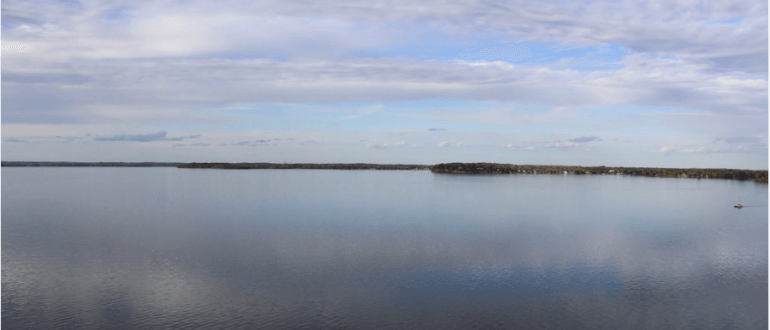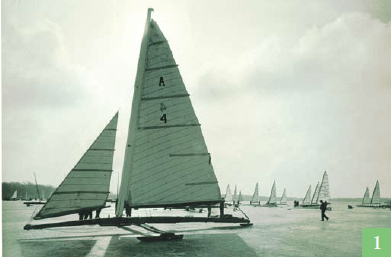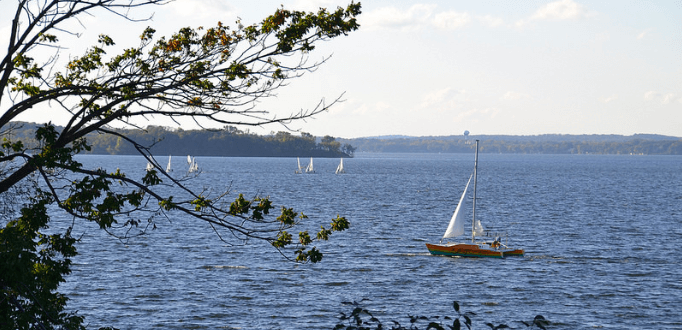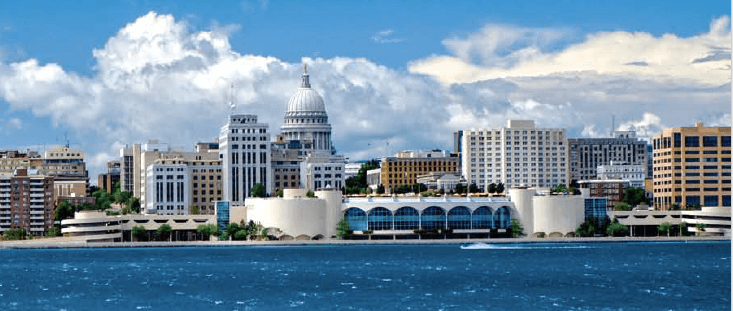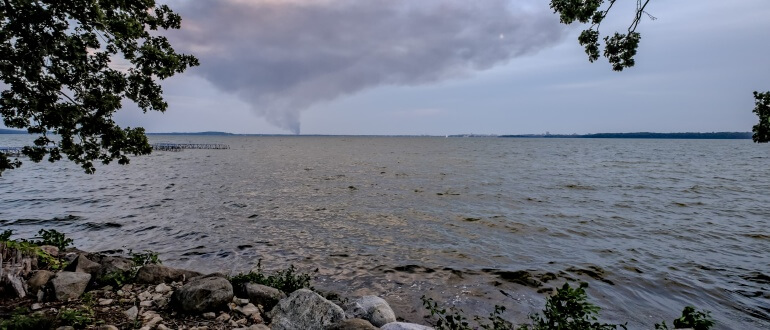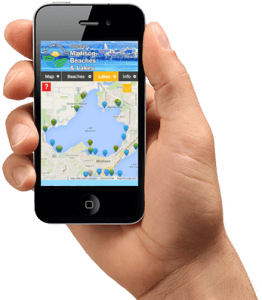Until last fall, most folks knew Don Sanford as one of the pack of “water rats” who raced their sleek, wind-powered craft on the waves and ice of Madison’s lakes. But with the publication of a book 12 years in the making, Sanford took on an unlikely new role: keeper of the history and lore of Lake Mendota.
“I’ve always been a sailor, never a writer,” says Sanford, an agile-looking man with a grizzled beard and sea-grey eyes behind wire rim glasses. “When I started the project, the last thing I had written was in grad school back in 1974.” Yet he dove in, driven by knowledge that Lake Mendota was too often a mystery to the people who lived along its shores. “I’d pick up friends from the Memorial Union for a boat ride, and we would start cruising down the shoreline. Without fail, somebody who’d spent their whole life in Madison would say, ‘Where the hell are we? I don’t know what this place is.’ Whenever that happened,” Sanford recalls, “it always made me think that somebody— somebody else, that is—should produce a lake guide.”
